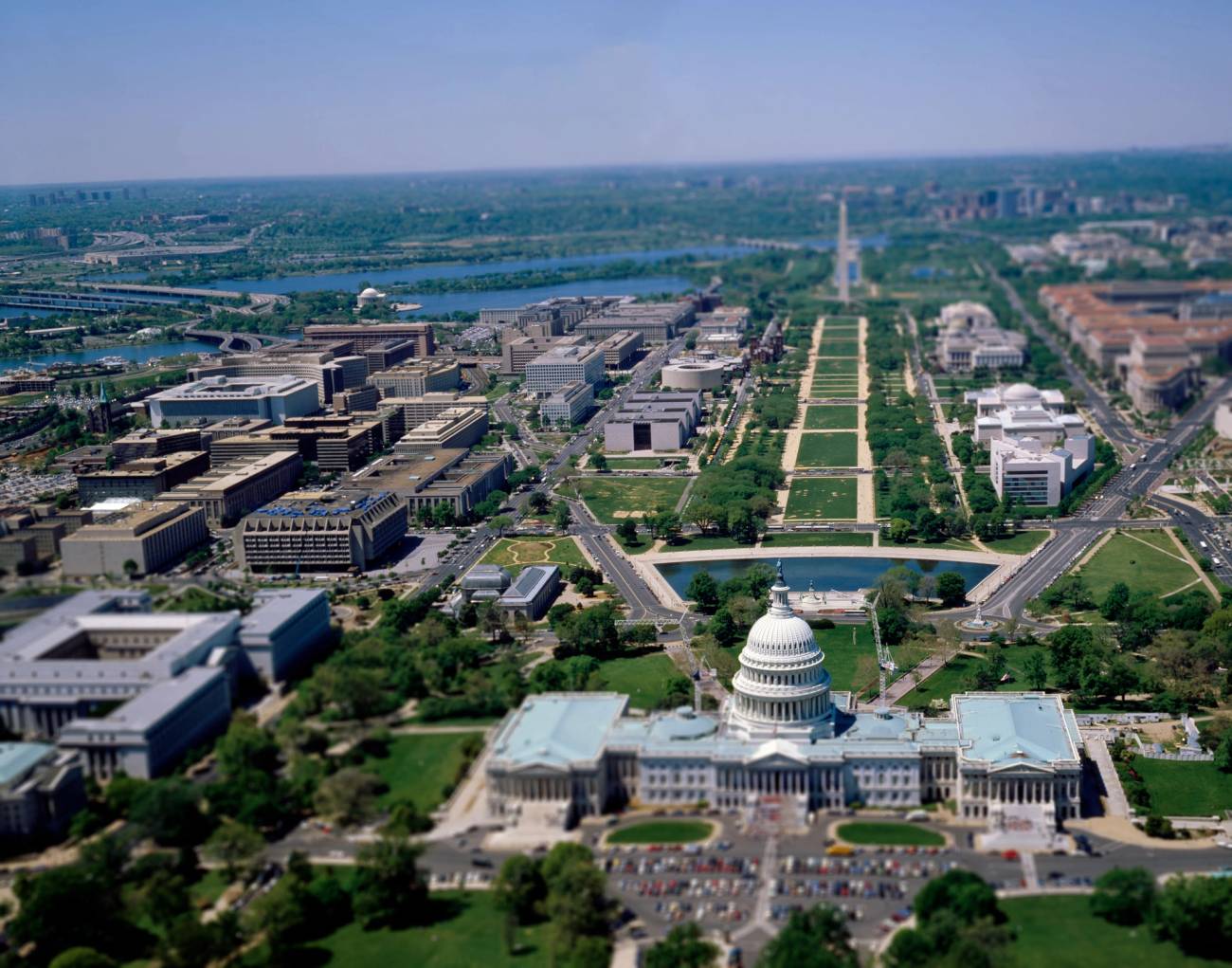 Papież Franciszek nie żyje. Kiedy konklawe i kto kieruje do tego czasu Watykanem (Fot. REUTERS/Maxwell Briceno)
Papież Franciszek nie żyje. Kiedy konklawe i kto kieruje do tego czasu Watykanem (Fot. REUTERS/Maxwell Briceno)
 Kto rządzi Watykanem do wyboru nowego papieża, kiedy pogrzeb i konklawe
Kto rządzi Watykanem do wyboru nowego papieża, kiedy pogrzeb i konklawe
Bartosz Hlebowicz
-
-
- Papież Franciszek zmarł 21 kwietnia 2025 r.
- “O 7:35 rano biskup Rzymu Franciszek powrócił do domu Ojca” – poinformował w Poniedziałek Wielkanocny Watykan.
- Miał 88 lat.
- Pontyfikat sprawował przez ponad 12 lat.
- Wieczorem w poniedziałek Watykan poinformował, że przyczyną śmierci Franciszka był udar mózgu i nieodwracalna zapaść kardiologiczna.
- Wczoraj po godz. 20 kardynał Kevin Farrell przewodniczył obrzędowi potwierdzenia zgonu. Ciało papieża złożono w trumnie w kaplicy w hotelu Santa Marta. Prawdopodobnie w środę rano będzie ono przeniesione do bazyliki Świętego Piotra
-
W poniedziałek wieczór Biuro Prasowe Watykanu opublikowało oświadczenie prof. Andrei Arcangelego, dyrektora Dyrekcji Zdrowia i Higieny Państwa Watykańskiego: „[Papież] zmarł w wyniku udaru, śpiączki i nieodwracalnej zapaści sercowo-naczyniowej.
Stwierdzenia zgonu dokonano na podstawie zapisu elektrokardiograficznego”. W oświadczeniu mowa też o tym, że papież “cierpiał na ostrą niewydolność oddechową w obustronnym wielobakteryjnym zapaleniu płuc, rozsiane rozstrzenie oskrzeli, nadciśnienie tętnicze i cukrzycę typu II”.
Co będzie się działo w Watykanie w najbliższych dniach
We wtorek odbędzie się pierwsza kongregacja generalna, czyli spotkanie kardynałów zarządzających Kościołem w czasie poprzedzającym konklawe. Wezmą w niej udział ci już przebywający w Rzymie. W najbliższych dniach do Rzymu będą też zjeżdżać kardynałowie zaproszeni przez dziekana Kolegium Kardynalskiego Giovanniego Battistę Re. Kiedy większość z nich lub wszyscy będą już na miejscu, kongregacje generalne rozpoczną sesje plenarne, aby omówić za zamkniętymi drzwiami priorytety Kościoła i kryteria, jakie powinien spełnić następny papież.
Zapewne następnego dnia nastąpi przeniesienie ciała papieża do Bazyliki Świętego Piotra, by wierni mogli oddać mu hołd. Biuro prasowe Stolicy Apostolskiej poinformowało, że szczegółowe zasady zostaną ustalone i podane we wtorek, „po pierwszej kongregacji kardynałów”. Ciało będzie wystawione przez trzy dni, a więc do soboty.
Jak podaje “La Repubblica” pogrzeb powinien się odbyć między czwartym a szóstym dniem od dnia śmierci, a więc w najbliższy piątek, sobotę lub niedzielę. Zdecyduje o tym Kolegium Kardynalskie. Wiadomo, że papież zostanie pochowany w Bazylice Matki Bożej Większej na Wzgórzu Eskwilińskim.
Po pogrzebie rozpoczną się novendiali – dziewięć dni mszy za duszę zmarłego papieża.
Kiedy rozpocznie się konklawe
Kardynałowie pod przewodnictwem kardynała dziekana wyznaczą datę rozpoczęcia konklawe, które odbędzie się w Kaplicy Sykstyńskiej. Watykańskie normy przewidują, że powinno się ono rozpocząć między piętnastym a dwudziestym dniem po śmierci Papieża, a zatem najpóźniej 10 maja.
Kolegium Kardynalskie nie ma władzy takiej, jaką ma papież, kardynałowie nie mogą np. mianować biskupów czy stanowić praw. Jednocześnie w czasie sede vacante większość watykańskich urzędników przestaje sprawować swoje funkcje. Dotyczy to także szefów instytucji kurialnych i ich członków (w tym sekretarza stanu Pietro Parolin). Ale są wyjątki: abp Diego Ravelli, mistrz papieskich celebracji liturgicznych, który będzie nadzorował obrzędy w tym okresie, a także penitencjariusz większy kard. Angelo De Donatis, szef Penitencjarii Apostolskiej (sąd watykański zajmujący się m.in. odpustami) i elektor Jego Świątobliwości, kard. Konrad Krajewski. O swoich działaniach informują Kolegium Kardynałów. Swoich funkcji nie przestają pełnić także wikariusz diecezji rzymskiej, kard. Baldassarre Reina, i wiceregent Rzymu Renato Tarantelli.
Nie przestają administrować bieżącymi sprawami szefowie dykasterii (ministerstw w Stolicy Apostolskiej). Jeśli chodzi o Sekretariat Stanu, to pracy nie przerywają: zastępca ds. ogólnych abp. Edgar Pena Parra, sekretarz ds. stosunków z państwami Paul Richard Gallagher oraz wikariusz generalny dla Watykanu, kardynał diakon Mauro Gambetti.
Kto kieruje Watykanem do czasu wyboru papieża
W okresie przejściowym po śmierci papieża wyróżniają się dwaj urzędnicy: kamerling Świętego Kościoła Rzymskiego i dziekan Kolegium Kardynalskiego.
Kamerling stwierdza zgon papieża. Obecnie jest nim kard. Kevin Farrell, który po śmierci papieża „obejmuje w posiadanie” watykański Pałac Apostolski i w okresie tymczasowym „administruje dobrami i prawami doczesnymi” Stolicy Apostolskiej. Ponadto zajmuje się ustaleniem szczegółów pochówku papieża.
Dziekan Kolegium Kardynalskiego, 91-letni Giovanni Battista Re, zwołuje kongregacje generalne kardynałów poprzedzające konklawe. Do niego należy ustalenie porządku obrad.
Dziekan Kolegium nie poprowadzi jednak samego konklawe, ponieważ przekroczył 80. rok życia. Uczyni to najstarszy spośród kardynałów biskupów (tytularni zwierzchnicy podmiejskich diecezji Rzymu oraz niektórzy kardynałowie z Kurii Rzymskiej) – sekretarz stanu Watykanu Pietro Parolin (ma 70 lat).
Parolin, będący czołowym watykańskim dyplomatą, wymieniany jest wśród nieoficjalnych kandydatów na nowego pontifeksa.
Zawartość publikowanych artykułów i materiałów nie reprezentuje poglądów ani opinii Reunion’68,
ani też webmastera Blogu Reunion’68, chyba ze jest to wyraźnie zaznaczone.
Twoje uwagi, linki, własne artykuły lub wiadomości prześlij na adres:
webmaster@reunion68.com




